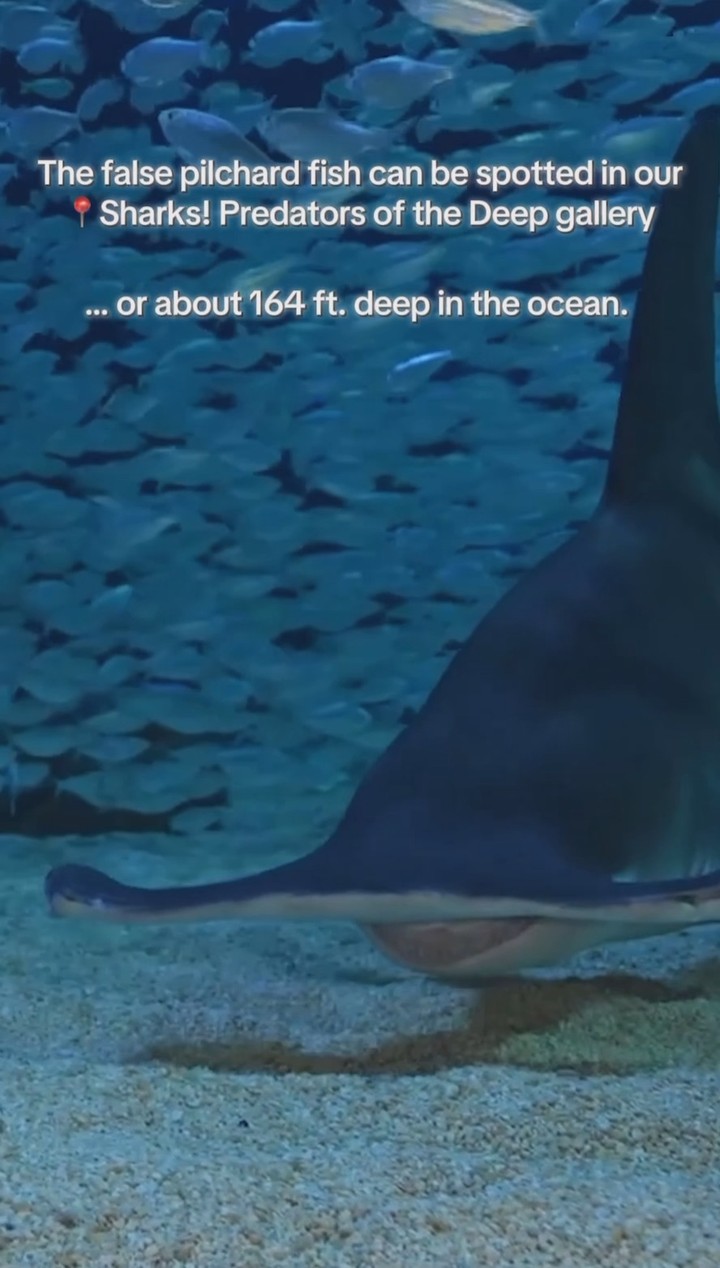- The ecological role and behavior of false pilchards in marine environments
- The importance of teamwork and schooling in false pilchard survival strategies
- How aquarium exhibits like the Sharks! gallery can educate the public on marine conservation
- Strategies for zoo management to best represent and care for small schooling fish
- The broader implications of small fish conservation on global marine ecosystems
False pilchards, often undervalued due to their small stature, are in fact crucial players in marine ecosystems. Their schooling behavior is not only a fascinating spectacle but also a sophisticated survival mechanism. Exhibits such as the Sharks! gallery play a pivotal role in shedding light on these dynamic fish and their interactions within the marine food web.
False pilchards, a term that encompasses several species of small schooling fish, are found in oceans around the world. Despite their diminutive size, these fish are key components of marine biodiversity. They form a significant part of the diet for a variety of larger predators, including the sharks that overshadow them in public attention. As such, false pilchards are often considered forage fish, fulfilling a vital link between the primary producers – like phytoplankton – and the higher tiers of the marine food chain.
A remarkable aspect of false pilchard behavior is their tendency to move in large, coordinated groups known as schools. This complex social behavior is not merely a spectacle for divers and marine biologists, but also a critical survival strategy. By swimming in dense formations, individual fish reduce their risk of predation. The ever-shifting, shimmering ball of fish can confuse predators, making it difficult for them to single out and capture a target. Additionally, the collective hydrodynamics of schooling can save energy for the individuals within the group, allowing them to travel greater distances in search of food without tiring quickly.
The educational potential of aquarium exhibits cannot be understated – they offer a unique window into underwater worlds that might be inaccessible to many. The Sharks! gallery, by including false pilchards in its exhibit, does not just showcase the more famous cartilaginous giants of the sea, but creates a holistic representation of the marine environment. Visitors can witness firsthand the intricate dance of predator and prey, gaining an appreciation for the role each species plays in maintaining ocean health. Such exhibits foster a stronger connection between humans and marine life, emphasizing the importance of conserving even the smallest of creatures for the overall health of the oceans.
Effective zoo and aquarium management aims to provide species like false pilchards with habitats that reflect their natural environments as closely as possible. This involves replicating the water parameters, currents, and social structures that would normally dictate the pilchards’ behavior in the wild. Ensuring the right group sizes within an exhibit is critical in fostering natural schooling behavior. Furthermore, balanced lighting and the introduction of predator species can encourage false pilchards to display their characteristic schooling and evasion patterns, providing a more engaging and educational experience for visitors.
Beyond the immediate spectacle of their synchronized swimming, small fish conservation has broader implications for marine ecosystems worldwide. Conserving species like false pilchards often means safeguarding the environments they inhabit. This protection extends to the myriad other species that share their habitat, including commercially important fish, coral reefs, and the predators that rely on them for food. Moreover, healthy populations of small schooling fish can influence the amount of carbon that is cycled within the oceans, as their predation on plankton affects the sequestration of carbon in deep ocean waters.
Aquariums and zoos have the capacity to inform the public about the dynamic interactions that take place under the sea, using exhibits like the Sharks! gallery as powerful educational tools. By fostering an understanding of the complex relationships within marine ecosystems, these institutions promote conservation and stewardship. The presence of small yet significant species like false pilchards alongside the more traditionally revered sharks serves as a reminder of the vast biodiversity in our oceans and the importance of each creature, regardless of size, in this delicate web of life.
In practice, interpreting the complex lives of species like false pilchards for the public creates a tangible connection to the challenges facing marine conservationists. Aquariums that effectively communicate the stories of these small fish help cultivate a public that is more knowledgeable and passionate about protecting the oceans. Balancing scientific accuracy with engaging storytelling, exhibits can transform curiosity into action, galvanizing support for conservation initiatives worldwide.
False pilchards, though easy to overlook, are foundational to the marine food web. Through their intricate schooling behavior and their importance as a food source for predators, they highlight the interconnectedness of oceanic ecosystems. Institutions like aquariums have the responsibility and opportunity to represent these species and their roles accurately, fostering public engagement and awareness around marine conservation. By shining a light on the less conspicuous but equally impactful false pilchard, they remind us that every creature, no matter how small, has an indispensable part to play in the vastness of our blue planet’s oceans.
*****
Source Description
Small in size, but big on teamwork! Learn more about the dynamic false pilchards in our Sharks! gallery. 🐟


